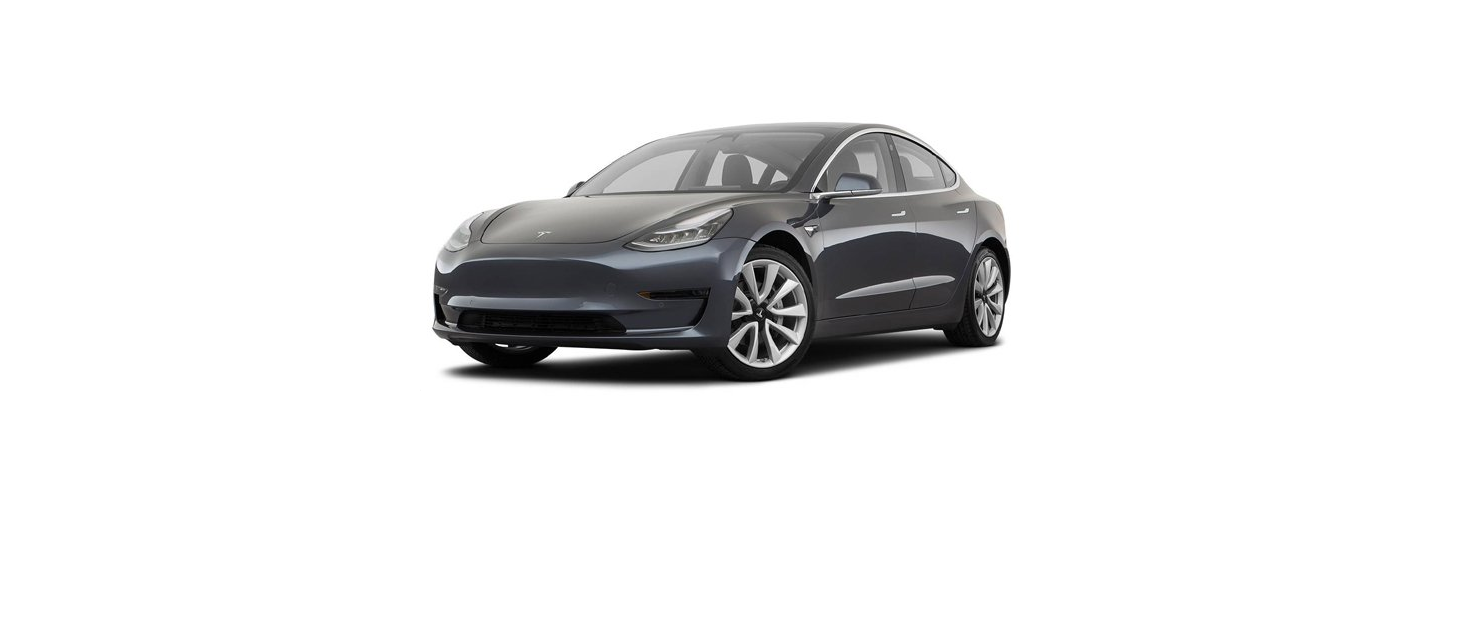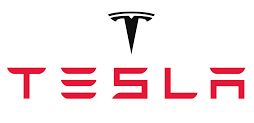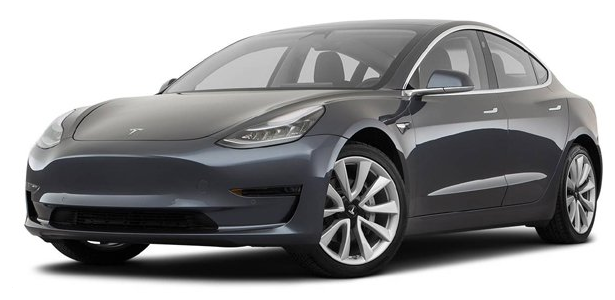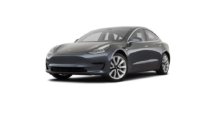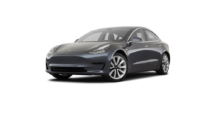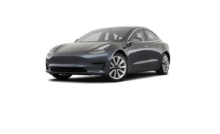Before Driving
When snow and ice accumulate on your vehicle, moving parts, such as the door handles, windows, mirrors, and wipers can freeze in place. To achieve maximum range and performance, it is helpful to warm the cabin and Battery before you leave. There are several ways to do so:
- Touch Schedule, available on both the charging and climate control screens, to set a time when you want your vehicle to be ready to drive (see Scheduled Charging and Scheduled Departure).
- On the mobile app, navigate to Climate to customize the temperature at which you want to heat the cabin. This also warms the high voltage Battery as needed.
- On the mobile app, navigate to to melt snow, ice, and frost on the windshield, windows, and mirrors. This also warms the high voltage Battery as needed. NoteTesla recommends activating climate settings at least 30-45 minutes before departure (see Climate Controls). Preconditioning times depend on outside temperature and other factors. The Mobile App will notify you once your vehicle has reached the desired preconditioning temperature.
- In extremely cold weather or icy conditions, it is possible that your charge port latch may freeze in place. Some vehicles are equipped with a charge port inlet heater that turns on when you turn on the rear defrost in cold weather conditions. You can also thaw ice on the charge port latch by enabling Defrost Car on the mobile app.
- Warming the Battery using Scheduled Departure or the mobile app before driving can also reduce charging time at a Supercharger or third party fast charger, especially if the Supercharger or third party fast charger is close enough that Trip Planner does not have sufficient time to precondition the Battery (see Warming the Battery Before Supercharging).
Removing Ice From Door Handle
In severe winter conditions, ice buildup within the door handle can prevent the door handle from opening. The process for freeing a Model 3 door handle is slightly different than other door handles; you can usually remove the ice with a few forceful bumps to the door handle using the bottom of your fist.
Perform the following to remove ice from the door handle:
- If your vehicle is equipped with black door handles, press the frontmost part of the door handle to initially try to release light or moderate ice buildup.
- Forcefully press the rear-most part of the door handle to try to open the door handle.
- Working in a circular pattern around the perimeter of the door handle, use the bottom of your fist to forcefully bump the door handle to break and release the ice buildup.
- Aiming for the rearmost end of the wide part of the door handle, use the bottom of your fist to forcefully bump the door handle. Increase the intensity of the bumps as necessary, repeating steps 1 through 3 until the ice is removed and the door handle can be opened. CAUTIONNever bump the vehicle so hard as to cause a dent; the force used should be similar to knocking on your neighbor’s front door.
- Once the door handle is able to move, open and close it a few more times to release any remaining ice buildup. Make sure the door handle is fully pressed in (retracted) prior to entering the vehicle, and check that the door is fully closed before driving away.
Applying WD-40 to Door Handle Pivot Pins
In severe winter conditions, applying WD-40 to door handle pivot pins can help prevent ice buildup that might immobilize the handle. Consider applying WD-40 to the door handle pivot pins if you are expecting freezing rain, heavy snow, or icy conditions. Reapply as needed.
To apply WD-40 to the door handle pivot pin:
- Open the door handle and prop it open using a folded towel or other soft material.
- Attach the provided straw to the nozzle of the WD-40 bottle.
- Put on eye protection.
- Place the end of the straw next to the pivot pin and spray it for approximately one second, taking care not to accidentally spray other components. NoteRest the end of the straw on the top of the spring around the pivot pin to better aim the spray.WarningMake sure eye protection is worn when performing this step.
- Remove the towel or other soft material used to prop the door handle open.
- Pivot the door handle in and out approximately ten times.
- For a second time, place the end of the straw next to the pivot pin and spray it for approximately one second, taking care not to accidentally spray other components. NoteRest the end of the straw on the top of the spring around the pivot pin to better aim the spray.
- Remove the towel or other soft material used to prop the door handle open.
- Pivot the door handle in and out approximately ten times.
- Perform this procedure on the other three-door handles.
Windows
- On the mobile app, navigate to as mentioned previously. Your vehicle heats the driver and passenger windows to melt ice that could prevent windows from moving.
- Model 3 automatically makes a slight adjustment to the position of the windows to make it easier to open doors in cold temperatures.
- Use the mobile app to schedule a service appointment for Tesla to provide a hydrophobic coating to your windows for a nominal fee.
Mirrors
If ice buildup is expected when parking, turn off Auto-Fold Mirrors. Touch . Ice can prevent exterior side mirrors from folding or unfolding.
Wipers
If you expect snow or ice to build up when parked, touch . This raises wipers against the windshield so they can defrost when the windshield defrosts (see Wipers and Washers). You can also turn on wiper defrosters (if equipped). See Climate Controls.
Tires and Tire Chains
- Use winter tires to increase traction in snowy or icy conditions. You can purchase winter tires on http://www.tesla.com (see Seasonal Tire Types).
- Tire chains provide additional traction when driving in snowy or icy conditions. Check local regulations to determine if tire chains are recommended or required during winter months. See Using Tire Chains for more information.
Your vehicle’s tire pressures will drop in cold ambient temperatures. If the TPMS indicator light appears, inflate the tires before driving. The tires will lose one PSI for every 10° F (6° C) drop in the outside temperature (see Tire Care and Maintenance). Proper tire pressures help protect tires from potholes and improve range when properly inflated.

